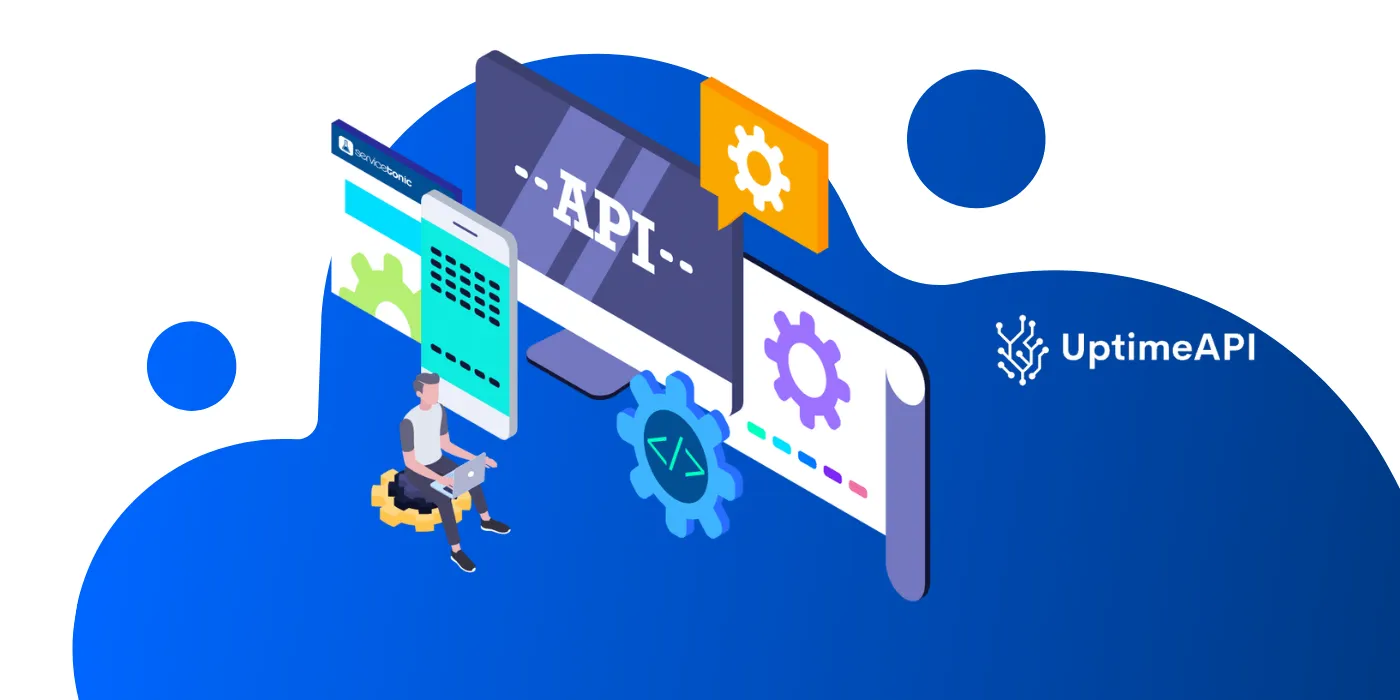API Monitoring Tools: How To Start Using It

APIs (Application Programming Interfaces) have become integral to modern software development, enabling seamless communication and integration between different systems and services. As businesses increasingly rely on APIs to power their applications and services, ensuring the reliability and performance of these APIs becomes crucial. This is where API monitoring tools play a vital role, allowing organizations to track, analyze, and optimize the performance of their APIs effectively. In this article, we'll explore how to get started with API monitoring using Uptime API, a user-friendly tool designed to monitor APIs in seconds.
Understanding the Basics of API Monitoring
What is API Monitoring?
API monitoring involves the process of continuously observing the performance and availability of APIs to detect and address issues promptly. It helps organizations ensure that their APIs meet service level agreements (SLAs) and deliver optimal performance to users.
Why is API Monitoring Important?
Ensuring the reliability and performance of APIs is crucial for maintaining the seamless operation of applications and services. API monitoring helps organizations identify and resolve issues such as downtime, latency, and errors, preventing disruptions and minimizing impact on users.
Getting Started with Uptime API
Sign Up for an Account
The first step to start using Uptime API is to sign up for an account on their website. Simply navigate to the signup page and provide the required information, such as your email address and password. Once registered, you'll have access to the Uptime API dashboard and its monitoring features.
Add Your APIs
After signing up, the next step is to add your APIs to the Uptime API dashboard. This process typically involves providing the endpoint URLs of your APIs that you want to monitor. Uptime API supports monitoring for both HTTP and HTTPS endpoints, making it suitable for a wide range of use cases.
Configure Monitoring Settings
Once your APIs are added to the dashboard, you can configure various monitoring settings according to your preferences. This includes setting up monitoring intervals, defining alert thresholds, and specifying notification preferences. By customizing these settings, you can tailor the monitoring process to suit your specific requirements.
Monitoring Your APIs
Real-Time Monitoring
With Uptime API, you can monitor the availability and performance of your APIs in real-time. The dashboard provides a comprehensive overview of your API endpoints, displaying metrics such as response time, status codes, and uptime percentage. You can quickly identify any issues or anomalies and take appropriate action to resolve them.
Receive Alerts and Notifications
Uptime API offers customizable alerting capabilities to ensure timely detection of API issues. You can configure alert rules based on various criteria, such as response time thresholds or error rates. When an issue is detected, Uptime API sends out notifications via email or SMS, allowing you to respond promptly and minimize downtime.
Analyze Historical Data
In addition to real-time monitoring, Uptime API allows you to analyze historical data to gain insights into API performance trends over time. The dashboard provides detailed metrics and charts, enabling you to identify patterns, pinpoint recurring issues, and track improvements. By leveraging historical data analysis, you can make informed decisions to optimize your APIs for better performance and reliability.

Conclusion
API monitoring is essential for ensuring the reliability and performance of APIs, which are critical components of modern software applications and services. By leveraging tools like Uptime API, organizations can effectively monitor their APIs, detect issues in real-time, and optimize performance to deliver a seamless user experience. By following the steps outlined in this article, you can start using Uptime API to monitor your APIs in seconds and ensure their continuous availability and performance.